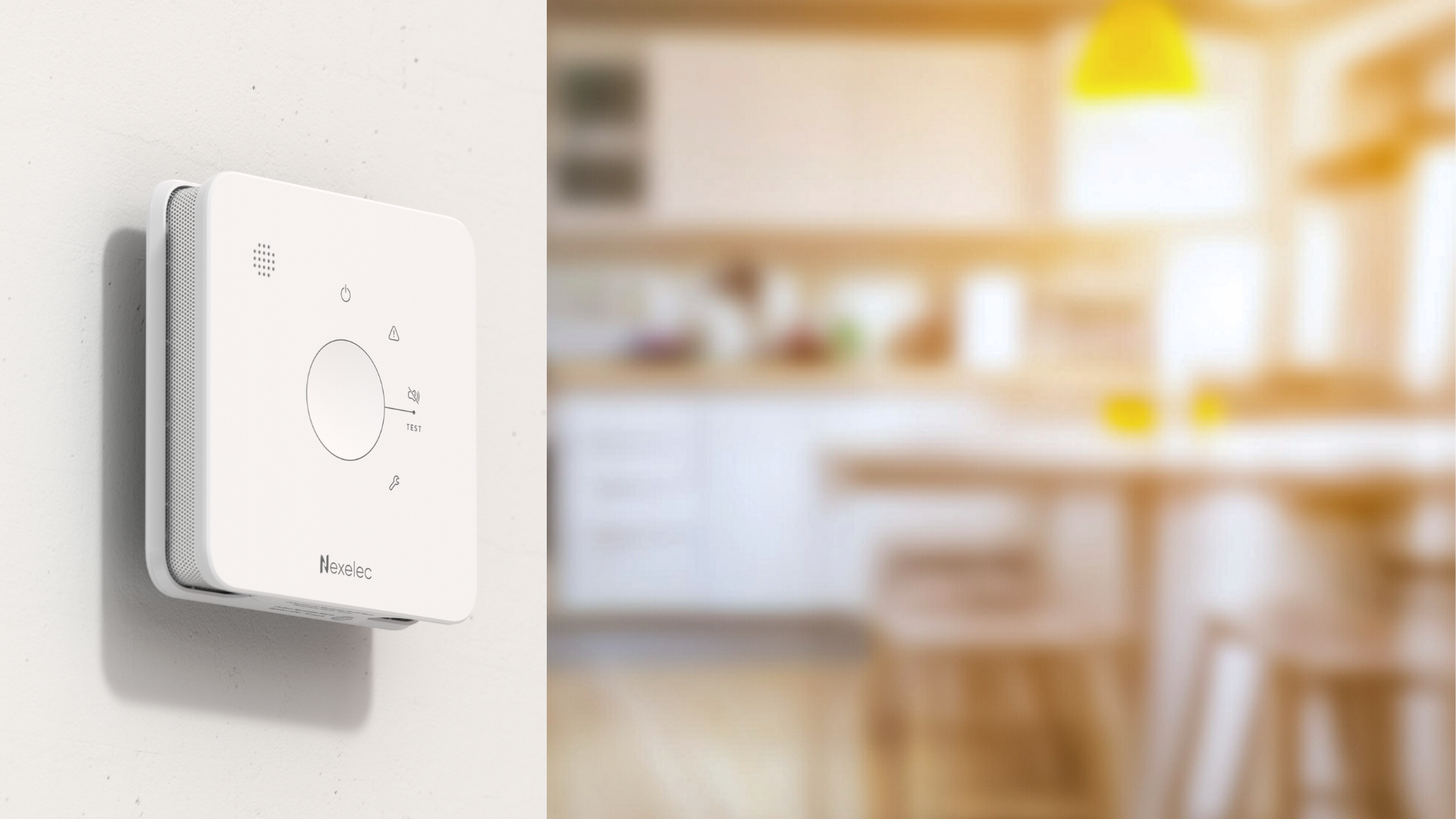Invisible, odourless and deadly. Carbon monoxide is one of the most insidious dangers in our homes. Every year, it causes hundreds of serious cases of poisoning in the UK, often silently. This is where the carbon monoxide detector comes in, a small device that can literally save your life.
But be careful: installing a detector is not enough.
For it to work properly, it is crucial to maintain it regularly. A poorly maintained device can become faulty... and fail to activate in the event of danger. Here are some simple but essential steps you can take to effectively protect your home.

Why is maintenance of your carbon monoxide detector essential?
A carbon monoxide detector is a continuous monitoring device. Every few seconds, it analyzes the ambient air for the presence of the toxic gas. If the gas is detected, an audible alarm sounds and an LED flashes, alerting you to the danger.
But what happens if the device is obstructed by dust? If it's damaged or simply too old? It may not detect the gas correctly, or worse, it may not work at all at the critical moment. And in this case, just a few minutes' exposure can be enough to cause serious illness or even death.
-
Test your detector every month
A simple gesture, but one that is all too often forgotten: the monthly test. It's a little reflex that can make all the difference to your safety, especially with the heating season approaching.
Each detector is equipped with a test button. By activating it, you can ensure that the audible signal is still working and that the detector is operational, guaranteeing your safety and that of your loved ones, especially when using the home heating system.
A little tip: choose a specific day of the month to carry out this test, to make it an easy habit to maintain. This regular gesture then becomes a simple but essential safety ritual, particularly during the heating season when the risk of intoxication increases.
-
Dust it regularly
Dust can clog the sensors and distort the readings, especially when it comes to detecting combustion gases.
We therefore recommend that you clean your CO detector at least once a month to ensure proper detection of combustion-related emissions.
Use a soft cloth or a vacuum cleaner with a brush attachment.
Never use household cleaning products or water, as these can damage the sensor, compromising its reliability in the face of combustion gases.
This small amount of maintenance will ensure the detector's long-term performance, providing effective monitoring of combustion-related hazards.
-
Do a visual inspection
Check your smoke detector regularly for visible signs of wear and tear:
- cracks, damaged casing, LED no longer flashing
- Dirt inside
- Obstruction by objects around the horn
These simple checks can make all the difference in the event of a poisoning hazard. An alarm in poor condition may not alert you in time to carbon monoxide poisoning, an often silent but potentially fatal hazard.
A simple glance at your alarm can save you a lot of trouble. And if in doubt, contact a professional to avoid accidental poisoning.
-
Replace it at the right time
Like all electronic devices, carbon monoxide alarms have a limited lifespan, generally 10 years.
After this period, the sensors in these alarms become less reliable and may no longer provide effective detection.
Make a note of the installation date of your alarms, and plan to replace them in good time. Some alarms emit an audible signal when their end-of-life is approaching: don't ignore it, it's a valuable warning for your safety.
-
Don't confuse carbon monoxide detectors with smoke detectors
It's a common mistake, yet the two devices have very different functions:
- Smoke detectors react to the visible particles of a fire.
- Carbon monoxide detects an invisible, odorless gas, often emitted by faulty heaters, stoves or poorly maintained chimneys.
For optimum protection, it's essential to have both types of detector in your home.
Good maintenance is an essential preventive measure
Keeping your detector in good condition is like installing it in your home: a little effort goes a long way. Proper installation ensures that your detector works properly and protects your home effectively.
It's about protecting your house, your home, your loved ones, your children... in short, everything that matters most. Never neglect the installation of your home security equipment - it's the first step to ensuring it works properly.
This news may interest you
Nexelec's news